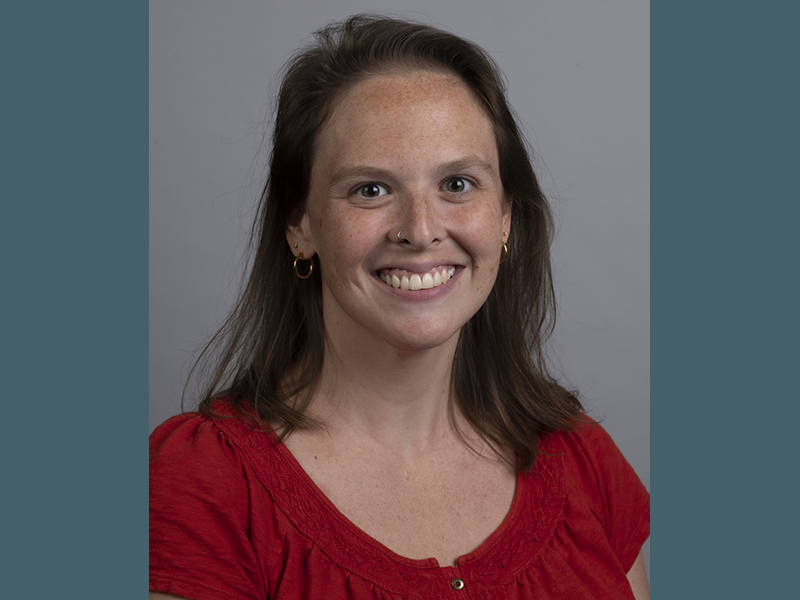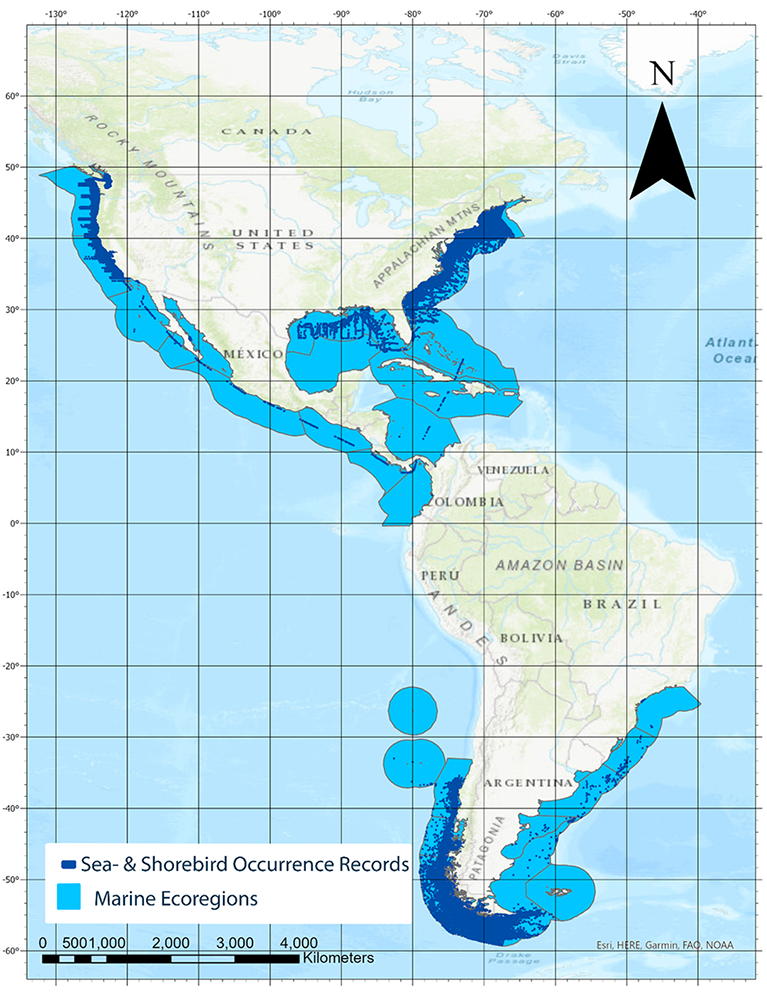"This work highlights that data from these areas need to be shared, and identifies a need to prioritize opportunities for scientists to contribute to the growth and well-being of open-access data initiatives." - Savannah Hartman
Many sea- and shorebird species span large geographic areas, making them ideal candidates as biomonitors of ecosystem changes, such as fluctuations in temperature, food supply, and exposure to environmental contaminants. However, scientists face a tough question: Is there enough available data to assess long-term trends? For this study we used the global, open-access data archive called Ocean Biodiversity Information System (OBIS) to take a closer look. Here's a snapshot of what we found:
- We did find areas off the northeast and northwest coasts of the United States, and the southern tip of South America, that could be used to observe environmental changes over the past 50 years.
- The family Procellariidae, which includes open-ocean petrels and shearwaters, were documented in the most marine ecoregions.
- Petrels and shearwaters, in addition to coastal seagulls, had the longest temporal records -- making them ideal candidates to study large geographic areas over the last few decades.
- Data were in short supply for most Central and South American coastlines, and the Caribbean Sea.

